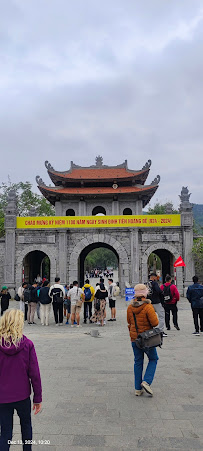Vietnam Seasons Explained
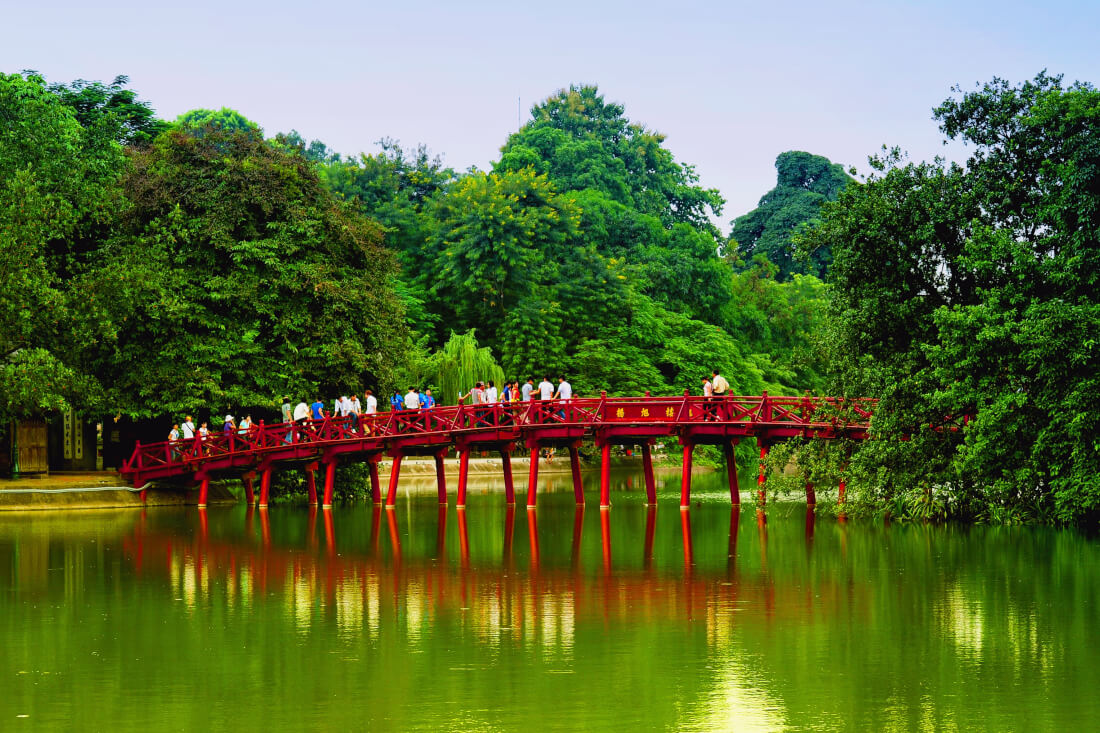
Average Temperature:
During the dry season, Vietnam's temperature varies from region to region but remains relatively pleasant overall. In Northern Vietnam, including Hanoi and Sapa, temperatures range between 15°C and 25°C ...
Read more..
Average Temperature:
The wet season sees a rise in Vietnam's temperature, along with higher humidity and increased rainfall. Northern regions experience temperatures between 25°C and 35°C (77°F ...
Best Time to Visit Vietnam by Region

The best time to visit northern Vietnam is during the spring (March to April) and autumn (October to November). During these months, the weather is generally mild, with clear skies, low humidity, and pleasant temperatures ranging from 18°C to 25°C ...
Read more..
Central Vietnam experiences a more distinct dry and wet season compared to the north. The dry season from January to August is the most favourable time to visit this region, especially from February to May, when the weather is warm, sunny, and rela...
Read more..
Southern Vietnam enjoys a tropical climate with two main seasons: dry (December to April) and wet (May to November). The dry season is undoubtedly the best time to visit Vietnam’s southern region, especially between December and February, when temp...
Read more..Vietnam Month-by-Month Weather Guide

Weather Overview:
- Northern Vietnam (Hanoi, Sapa): 12°C to 20°C (54°F to 68°F), chilly with fog and drizzle.
- Central Vietnam: Dry and warm weather.
- Southern Vietnam: Dry, sunny days ideal for bea...

Weather Overview:
- February continues the cool, dry weather trend.
- Northern Vietnam remains chilly but gradually warms.
- Central and southern Vietnam are warm, dry, and sunny, ideal for sightseein...

Weather Overview:
- March offers one of the most balanced climate periods across Vietnam.
- The north warms up, central Vietnam remains sunny, and the south is still enjoying its dry season.

Weather Overview:
- April brings rising temperatures across Vietnam.
- The north is warm and dry, the central regions begin to heat up, and the south remains hot but still relatively dry.
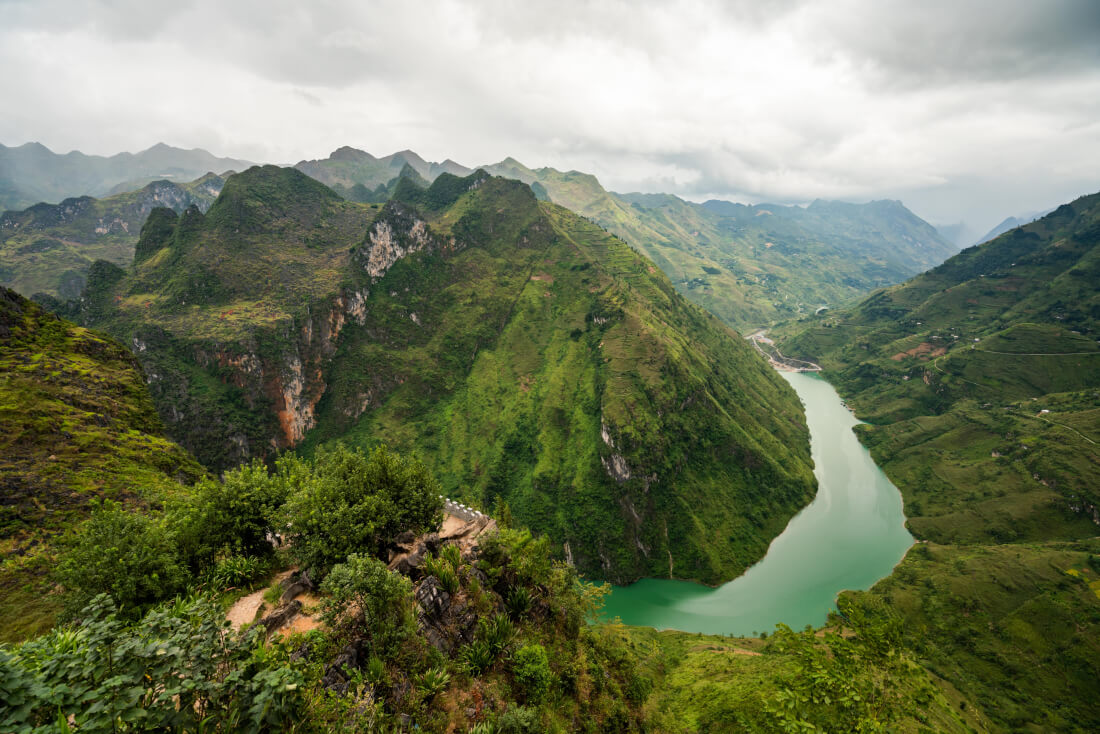
Weather Overview:
- May signals the start of the Vietnam weather transition.
- Rain begins in the south and builds gradually northward.
- Humidity increases nationwide.
- Rain usually comes i...

Weather Overview:
- June is hot and wet across much of Vietnam.
- The temperature in the south often exceeds 34°C (93°F).
- The central coast starts receiving more rain.
- The north becomes h...

Weather Overview:
- July is deep into the rainy season, especially in the north and south.
- Central Vietnam often remains the driest part of the country.
- Rainfall is usually heavy but brief. <...

Weather Overview:
- Vietnam is hot and humid throughout August.
- Rain persists in most regions, particularly in the south and north.
- Central Vietnam starts to experience heavier rainfall by the end...

Weather Overview:
- September brings change with rain still affecting much of the country.
- The north begins transitioning to cooler autumn conditions.
- Central Vietnam experiences the peak of its r...
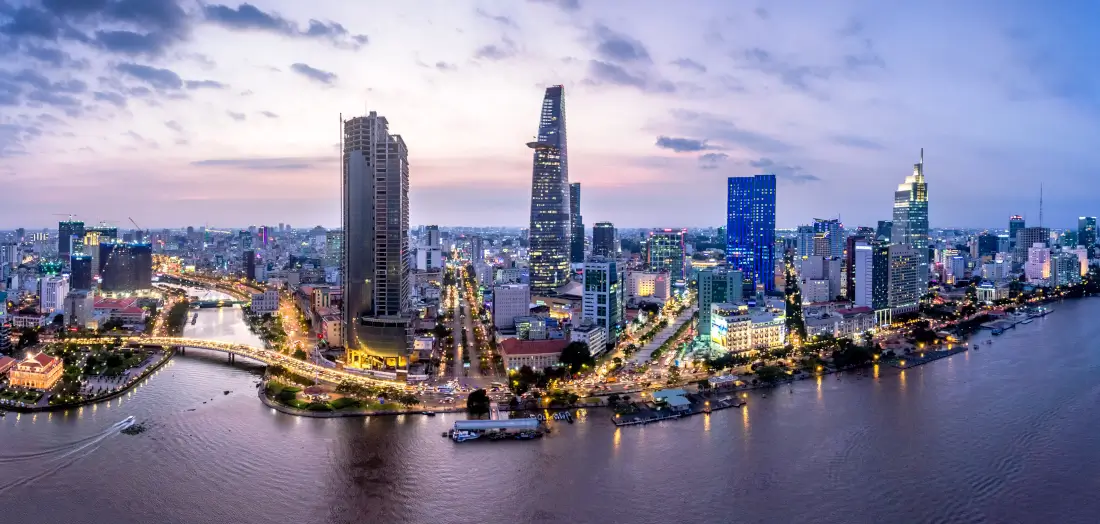
Weather Overview:
- October is one of the most pleasant months in northern Vietnam, with clear skies and mild temperatures.
- Rain continues in the central region but begins to ease in the south.
<...
Read more..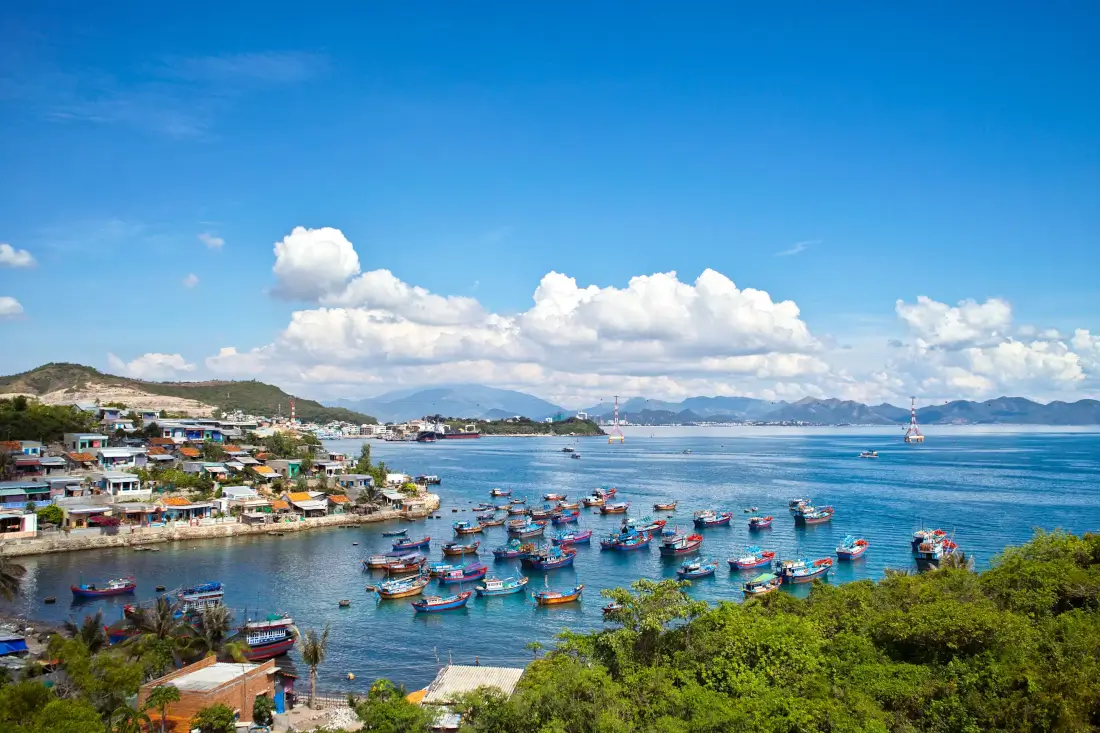
Weather Overview:
- November is a sweet spot for travel.
- The north is crisp and dry, the south enters its dry season, and central Vietnam begins to clear up late in the month.
What to ...
Read more..
Weather Overview:
- Vietnam's weather in December varies widely.
- Northern Vietnam experiences cool, often misty days, especially in the highlands.
- Central Vietnam is dry and warming up, while the ...
Frequently Asked Questions (FAQs)
March is often considered the best month to visit Vietnam, but you can go any time. All three areas experience consistently pleasant weather. Springtime in the north offers pleasant temperatures and beautiful skies, making it ideal for Hanoi sightseeing and a Ha Long Bay cruise. Hoi An, Hue, and other parts of Central Vietnam get sunny, dry days free from the sweltering summer heat. The dry season is still going strong in the south, providing perfect beach conditions in cities like Phu Quoc and Ho Chi Minh City.
Vietnam's average March temperature is between 18°C in the north and 30°C in the south, with low humidity. Trekking, beach vacations, and cultural exploration are all excellent during this period. Make your lodging reservations well in advance, as it's a popular travel month.
The coldest month is January, especially in Northern Vietnam. Temperatures can drop as low as 10°C (50°F) in cities like Hanoi, and they can drop considerably lower in mountainous regions like Sapa or Ha Giang. The highlands have a gloomy feel since fog and rain are frequent, yet snowfall is uncommon.
The southern and central areas, however, continue to be warm. The south stays comfortably hot at 28°C to 32°C, while central cities like Da Nang see temperatures of about 22°C to 26°C. Light, breathable gear is appropriate for the south, whereas thick clothing and waterproof layers are necessary if you're travelling to the north in January.
While sun-seekers can head south for beach enjoyment, January weather in Vietnam is ideal for visitors who prefer milder temperatures, festive events, and fewer crowds in the north.
Yes, travelling to Vietnam during the rainy or typhoon season, which often lasts from May to October, is generally safe. Rain usually falls in heavy, brief showers, especially in the afternoon or evening. Although it consistently rains in the north and south, the central region frequently has the most storms and rainfall between September and November.
Despite this, many tourists prefer to visit Vietnam during the rainy season because of the country's lush scenery, lower travel costs, and fewer tourists. Just remember that weather-related interruptions can happen, particularly in coastal areas that are vulnerable to typhoons.
Be sure to carry waterproof gear, keep an eye on Vietnam weather forecasts, and be flexible with your plans during this time. Travelling during the rainy season may still be enjoyable and safe if you plan ahead.
Vietnam has a vast coastline, and while beach weather varies, there’s always a region with ideal conditions.
- Southern beaches like Phu Quoc and Con Dao are best visited from November to April, during the dry season.
- Central Vietnam’s beaches (Da Nang, Hoi An, and Nha Trang) are best from February to August, though they face storms from September to November.
- Northern beaches such as Cat Ba are more seasonal, with the best weather between April and October.
Average Vietnam temperature along the coast ranges from 25°C to 35°C (77°F to 95°F), making it a solid beach destination. However, choosing the right season for the right region is key to enjoying sunny skies and calm seas.
The average temperature in Vietnam varies by region and season but typically falls between 21°C and 35°C (70°F to 95°F) year-round. Northern Vietnam experiences more seasonal variation, with cold winters and hot summers. Central Vietnam stays warm and slightly humid, while the south enjoys consistently tropical weather with two main seasons- wet and dry.
- North Vietnam: 15°C-30°C (cooler in winter, hotter in summer)
- Central Vietnam: 22°C-34°C (dry and sunny much of the year)
- South Vietnam: 25°C-35°C (hot and humid, even in the rainy season)
Understanding Vietnam’s temperature and seasonal patterns ensures you pack appropriately and choose the right destinations for your interests, whether it’s beach relaxation, cultural touring, or mountain trekking.














